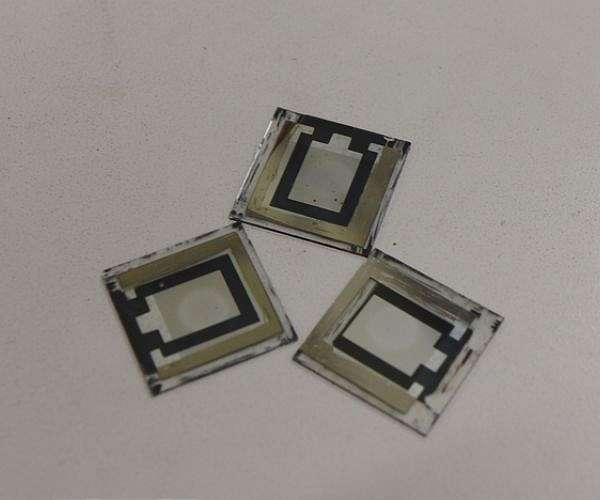CityUHK develops advanced passivator for stable perovskite solar cells
City University of Hong Kong (CityUHK) recently developed an innovative passivator that significantly improves the stability and efficiency of perovskite solar cells, marking a significant advancement in solar energy technology.
This new passivator, a type of corrosion inhibitor, uses dynamic covalent bonds that activate when exposed to moisture and heat, allowing it to generate new passivators in response to environmental conditions. This capability enables real-time repair and maintenance of perovskite solar cells, similar to extended-release capsules in pharmaceuticals that continuously release chemicals to heal defects caused by environmental stressors.
The team’s research was published in the journal Nature under the title “Water- and heat-activated dynamic passivation for perovskite photovoltaics”.
The project is led by Professor Feng Shien-ping, from the Department of Systems Engineering and Associate Dean of the College of Engineering at CityUHK, in collaboration with Professor Henry J. Snaith from the University of Oxford and Professor Angus Yip Hin-lap, Associate Director from the Hong Kong Institute for Clean Energy at CityUHK.
Perovskite solar cells are known for their efficiency in converting sunlight into electricity, making them a promising candidate for the next generation of solar panels. However, their long-term storage and operational stability remain concerns. Several passivation strategies have been developed to improve their performance and reliability, but addressing new defects caused over time by exposure to water and heat remains a challenge.
The CityUHK-led team’s extensive experiments have shown that their passivator significantly improves the performance and durability of perovskite solar cells. They have achieved a photovoltaic conversion efficiency of more than 25% and have maintained their operational stability for more than 1,000 hours under high temperatures and humid conditions.
“Applying a living passivator to the perovskite surfaces improves their resistance to environmental factors such as moisture and heat. This improves the stability of perovskite solar cells in warm and humid conditions, introducing a dynamic, responsive approach to environmental stressors,” explains Dr. Wang Weiting out. , the first author of the study and a research associate in Professor Feng’s team.
Professor Feng emphasized that the inspiration for this technology came from observing how plants and other living organisms remain resilient to varying weather conditions, unlike perovskite solar cells that can break down within months.
“The key difference lies in the ability of living organisms to regenerate and heal evolving defects. By incorporating a passivation mechanism that dynamically heals during operation, we can potentially unlock this regenerative concept for perovskite or other electronic devices,” said Professor Feng.
CityUHK is working with industrial partners to apply this technology to address ion migration and instability in perovskite solar cells during the production and use phases. The team believes that improving the stability and reliability of these solar cells could make them more commercially viable. This technology also offers opportunities for other applications, such as anti-oxidation and interfacial contact technology in microelectronic devices.
Research report:Water- and heat-activated dynamic passivation for perovskite photovoltaics


